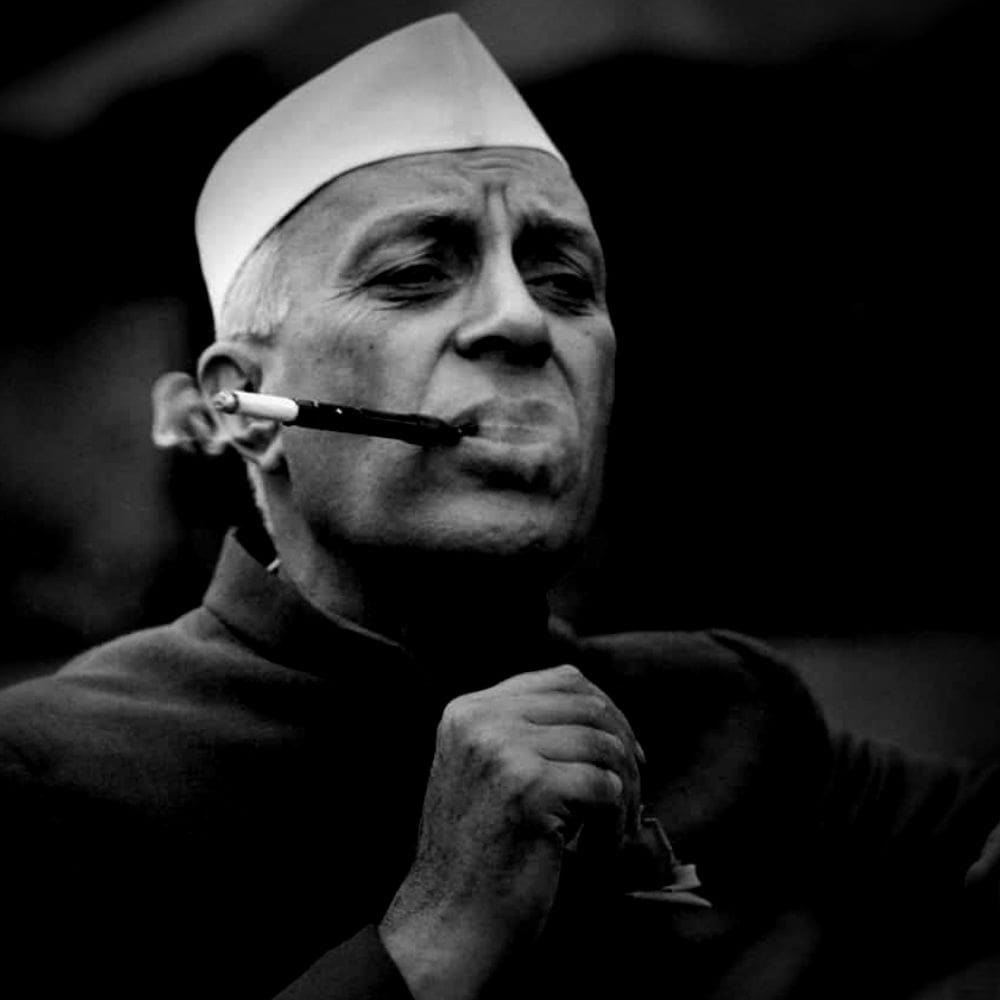NEGLECT OF SANSKRIT
With the ascendency of English Language Aristocracy and the Brown Sahibs, work in the Indian languages and Sanskrit suffered a setback. See the condition of Sanskrit—unarguably the greatest and the most scientific language. It is becoming extinct. And unless you have mastery in Sanskrit and other older languages you can’t do effective research in past Indian history. Said Will Durant, American historian and philosopher:
“India was the motherland of our race, and Sanskrit the mother of Europe’s languages: she was the mother of our philosophy; mother, through the Arabs, of much of our mathematics; mother, through the Buddha, of the ideals embodied in Christianity; mother, through the village community, of self-government and democracy. Mother India is in many ways the mother of us all.”
One is told that those who have genuine interest in working on the Indian past now go to certain reputed universities in the US, who not only have a rich collection of relevant books, but also have faculty proficient in Sanskrit! So, to research India, go abroad!! This is what India has been reduced to, thanks to the ill-informed policies of the Nehru Dynasty. The comments of Gurcharan Das are worth noting:
“…an Indian who seriously wants to study the classics of Sanskrit or ancient regional languages will have to go abroad…This is extraordinary in a country with dozens of Sanskrit departments in all major Indian universities…The ugly truth is that the quality of teaching in these institutions is so poor that not a single graduate is able to think seriously about the past and critically examine ancient texts… Where is India’s soft power when there are fewer and fewer Indians capable of interrogating the texts of Kalidasa or the edicts of Ashoka?…To be worthy of being Indian does not mean to stop speaking in English. It means to be able to have an organic connection with our many rich linguistic pasts…What separates man from beast is memory and if we lose historical memory then we surrender it to those who will abuse it.”
The adverse fallout of the above is that gross distortionists of the Hindu cultural and religious heritage like Wendy Doniger of the University of Chicago, and Sheldon Pollock of the Columbia University have become respected global authorities on Sanskrit, Sanskrit literature and ancient Indian heritage. What is more, some rich Indian businessmen have financed them liberally to bring out series based on Indian classics, rather than financing competent Indians. Their interpretations are biased and distorted. It is only lately that people like Rajiv Malhotra and other Indians have begun exposing them. Books by Rajiv Malhotra like ‘Breaking India’, ‘Being Different’, ‘The Battle for Sanskrit’ are worth reading (please check Amazon).
Sanskrit, the most scientific language—suited for AI (Artificial Intelligence) too—and the mother of many Indian and European languages, could have been simplified and modernized (like Israel did with Hebrew), and taught in all schools, in addition to English. It would have revitalized India, and helped unify it.
Many opine that Sanskrit even deserves to be the National Language of India (a privilege currently given to none) for several unassailable reasons. It was the link language and the sole medium of not only religion and rituals, but also of philosophy, metaphysics, literature, poetry, mathematics, astronomy, science, law, jurisprudence, etc. for several millennia in India. It not only has a rich vocabulary, but has a built-in mechanism to generate new vocabulary based on a vast store of base-words and roots. It has a national identity as its vocabulary pervades all Indian languages. No region can claim it as belonging to it alone, hence no regional conflict in its usage.
“On September 11 1949, the then Law Minister Dr B.R. Ambedkar supported by DyMinister for External Affairs Dr B.V. Keskar and Mr Naziruddin Ahmed sponsored an amendment declaring that the official language of the Union shall be Sanskrit. The amendment had thirteen other signatories of whom eleven hailed from South-India including nine from Madras.”


